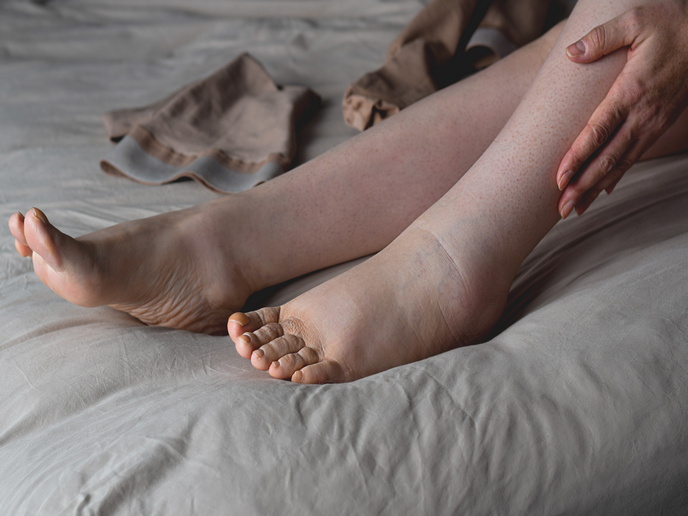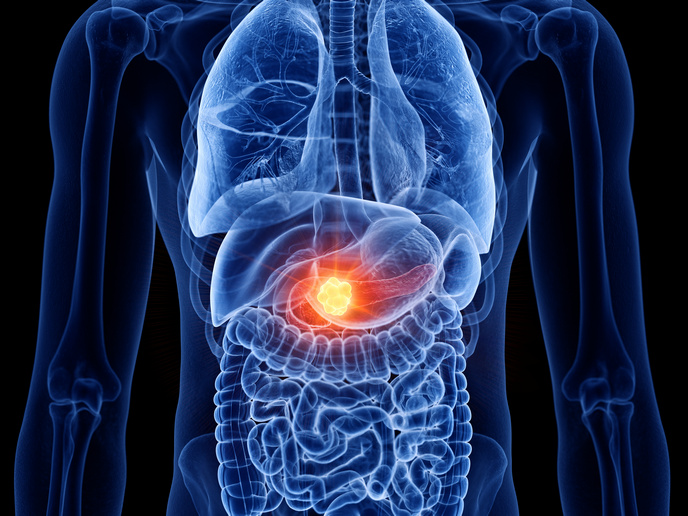An implantable device treats lymphedema
Lymphedema(opens in new window) is characterised by the accumulation of protein-rich fluid in tissues that are typically drained by the lymphatic system, leading to swelling. It commonly affects the arms or legs but can also impact the chest, abdomen, neck and genitals. Lymphedema is also a common side effect of cancer treatment, where surgery, chemotherapy, radiation, and lymph node removal damage the lymphatic system and cause an unbalance in the physiological recirculation of lymph(opens in new window). In severe cases, lymphedema can restrict limb movement, increase the risk of skin infections and sepsis, and result in skin changes and deterioration. Treatment options encompass compression garments, massage, and meticulous skin care. Given the continuous disability imposed by lymphedema on the patient, there is a need for more effective and permanent solutions.
An implanted pump for lymph draining
The EU-funded LymphoDrain project developed a medical device(opens in new window) that replaces the function of lymphatic vessels. It comprises an under-the-skin implant that acts as a pump and recirculates fluid that accumulates in the limbs of patients affected by lymphedema. The pump is connected to a drainage catheter placed in the swollen limb and to an output catheter that releases the transported fluid to an area of the body where it can be naturally reabsorbed in the subcutaneous tissue. The implanted pump creates the pressure necessary for the lymph to flow in the catheters. “LymphoDrain device constitutes the first artificial lymphatic vessel designed to bypass the damaged lymphatic system and re-establish lymph circulation,” explains project coordinator Valentina Triacca. The implanted pump is activated by an external controller via magnetic coupling. This allows the implant to be free from electronic components and small, and the surgery to be minimally invasive.
Clinical performance of LymphoDrain implant
LymphoDrain device falls into Class III active implantable medical devices(opens in new window), which are governed by the strongest regulatory constraints. According to Triacca: “Successful preclinical testing was a significant milestone for the LymphoDrain system, which obtained the necessary authorisation for clinical investigation in lymphedema patients.” Α pilot clinical trial was conducted with patients affected by arm lymphedema caused by breast cancer treatment. The aim was to investigate device safety and collect data on its preliminary performance. Results showed that the device was easy to use and there were no safety concerns. The working principle was proven, with fluid effectively recirculated by the device throughout the implantation period. “The greatest achievement was to finally see the device offer benefit to the patients that participated in the pilot trial,” emphasises Triacca. These positive preliminary results provide the groundwork for a larger patient study that will offer the clinical validation necessary to request market authorisation for the device. The LymphoDrain device is expected to become the first definitive solution for reducing the impact of lymphedema in patients, with extended benefits for the healthcare system.







